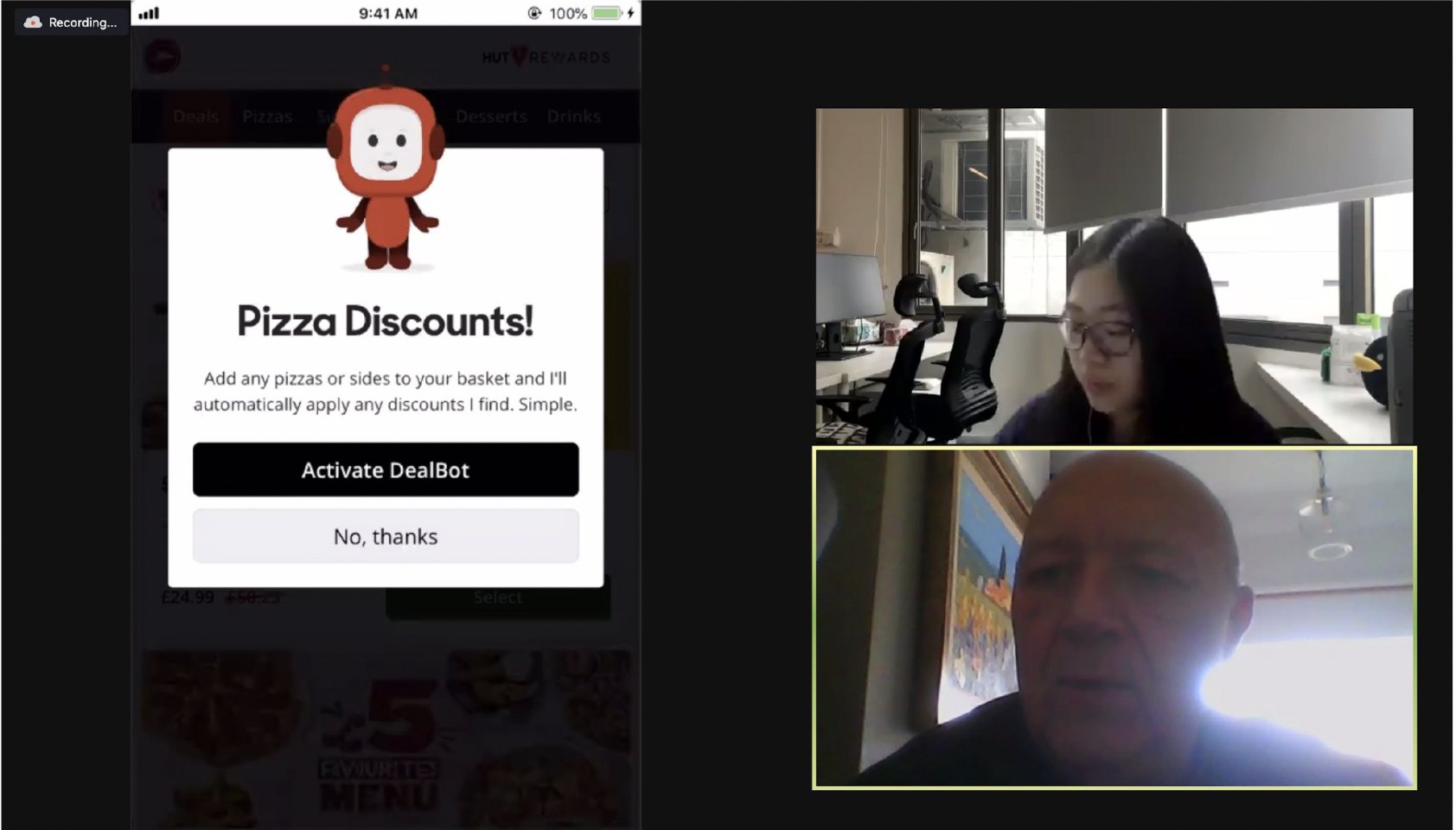Creating a unified Pizza Hut ecommerce app across 14 markets
Delivered a single, scalable app replacing 14 separate versions—delivering consistency, faster iteration, and improved conversion while adapting to local market needs.
Existing Problem: Each of the 14 markets operated separate apps with different codebases, leading to fragmented experiences and inconsistencies. Some were web-wrappers, while others functioned more like web experiences, resulting in fundamental usability issues and poor App Store and Google Play ratings.
Impact: Developed a single, universal app with a consistent design system adaptable to all markets while allowing flexibility for local nuances and cultural behaviours. The focus was on rapid development and iteration, making scaling significantly easier and reducing development time.
The redesign showed overall improvement in conversion rates, average order value (AOV), and app store ratings (figures dependant on market).
Research and data gathering
To kick off the project, we worked with a research agency to carry out a global research project to get closer to our customers in key markets and gain insights that would help guide the design vision. Collated all the research and data, key insights and jobs to be done.
Design approach and foundations
The development process involved multiple stages and ongoing collaboration with markets, developers, and stakeholders. We carefully considered local nuances and varying user expectations while navigating constraints such as decade-old POS systems and technical limitations. This required a pragmatic approach, balancing consistency with flexibility to ensure a scalable and effective solution.
Old app designs
These old designs were effectively a web experience built in to the app. There was no consistency, frustrating patterns, and poor experience.
New app designs
By the time I left, the unified app was rolled out in 7 of the 14 markets including India, the UK, Mexico and Singapore.
Strategy and considerations
The strategy focused on launching a quick MVP to address market pressures while establishing a foundation for iterative improvements. This approach enabled rapid learning, adaptation, and continuous refinement, progressively aligning the product with our long-term vision.
Deep dive into the design process
With 14 global market teams involved, every design decision faced intense scrutiny. To ensure alignment and transparency, we documented our rationale in a detailed presentation, providing clear justification for each choice.










